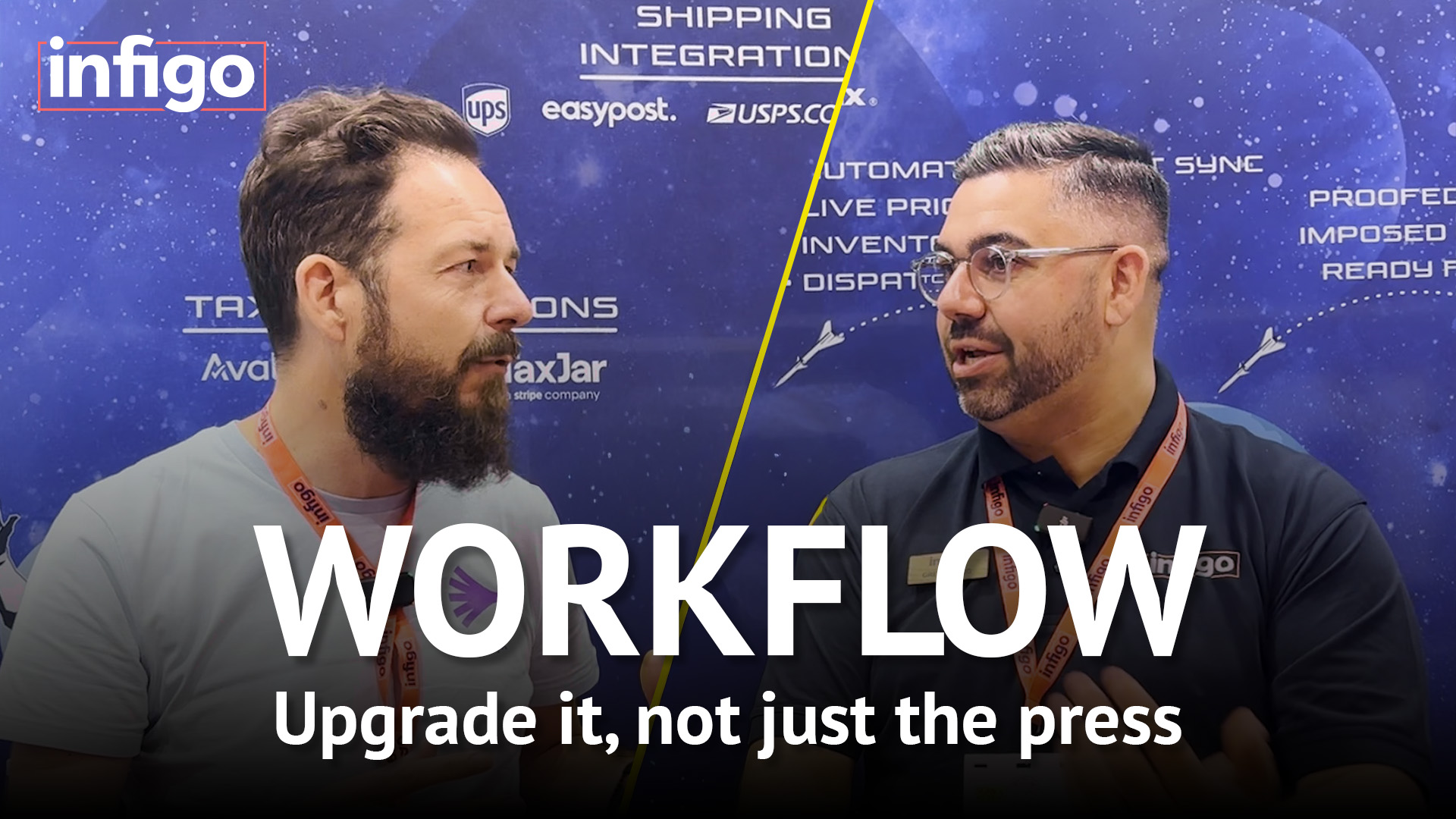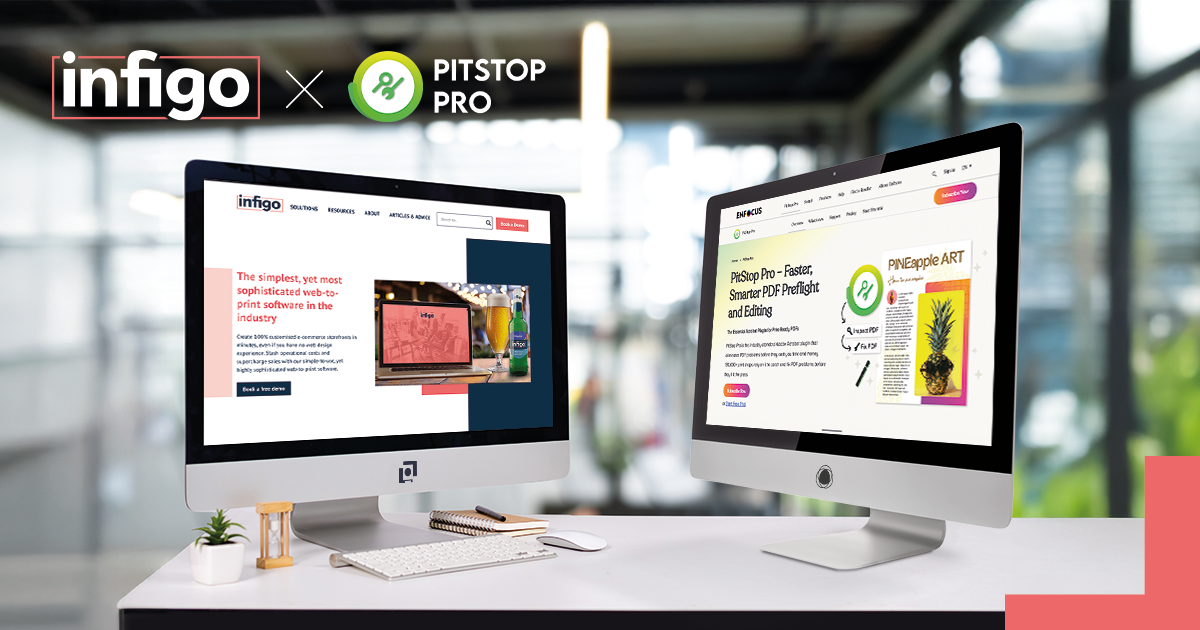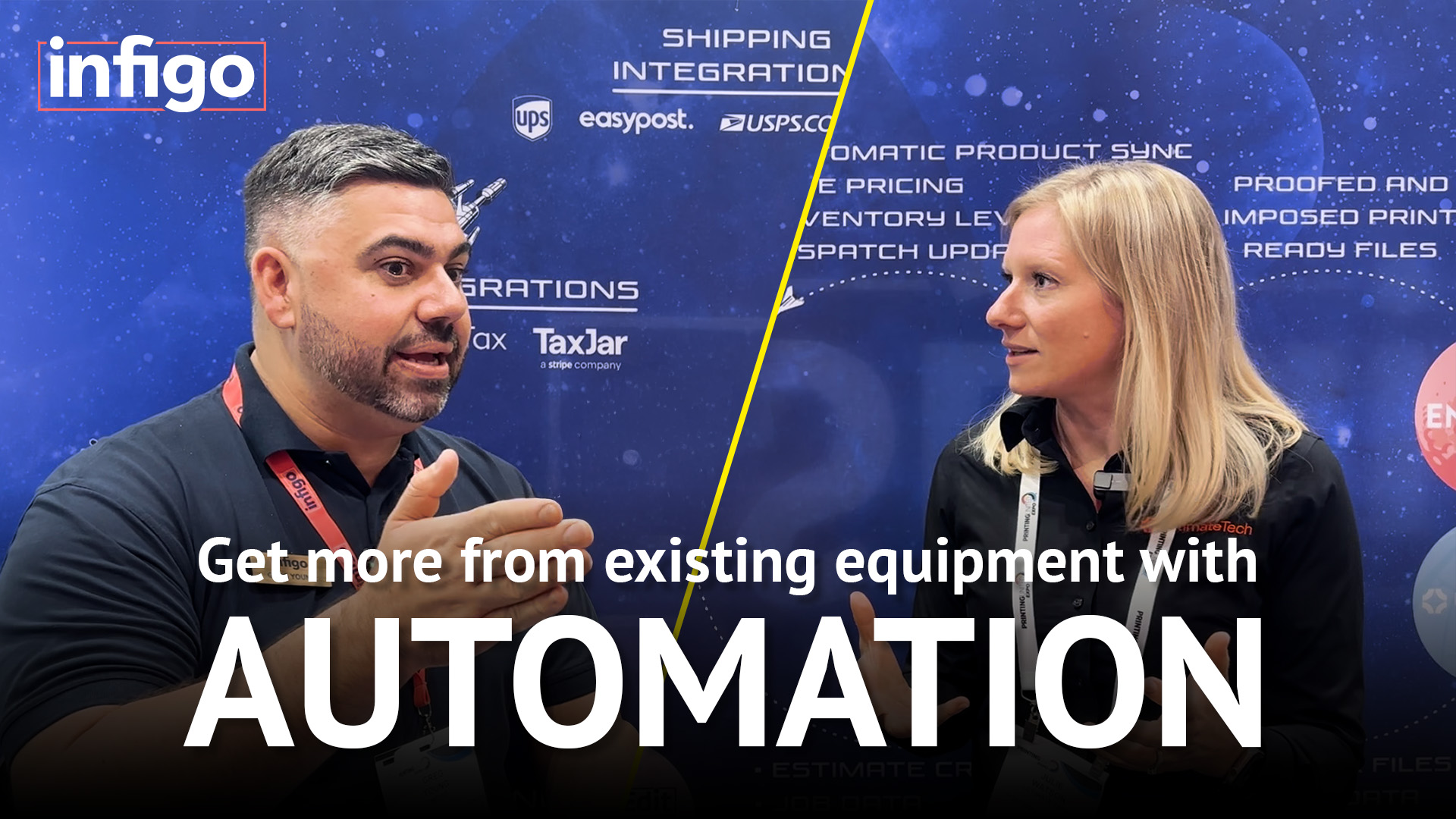Key Takeaways
- Automation in print is not just pre-press workflow. True workflow automation connects order intake, to production, to logistics, to customer updates.
- Print Service Providers now receive orders from multiple channels, making centralized order intake essential to avoid re-keying, delays and errors.
- Atomyx enables a cloud-based integration layer, allowing systems like web-to-print, MIS, CRM, and production workflows to share data seamlessly.
- Print service providers planning for the next 3-5 years should prioritize data connectivity and implementation, not just buying new equipment.
- Tracking simple KPIs, like daily new orders and manual touchpoints, helps determine readiness for automation.
- Better connectivity and fewer mistakes lead to less waste and more sustainable print production.





